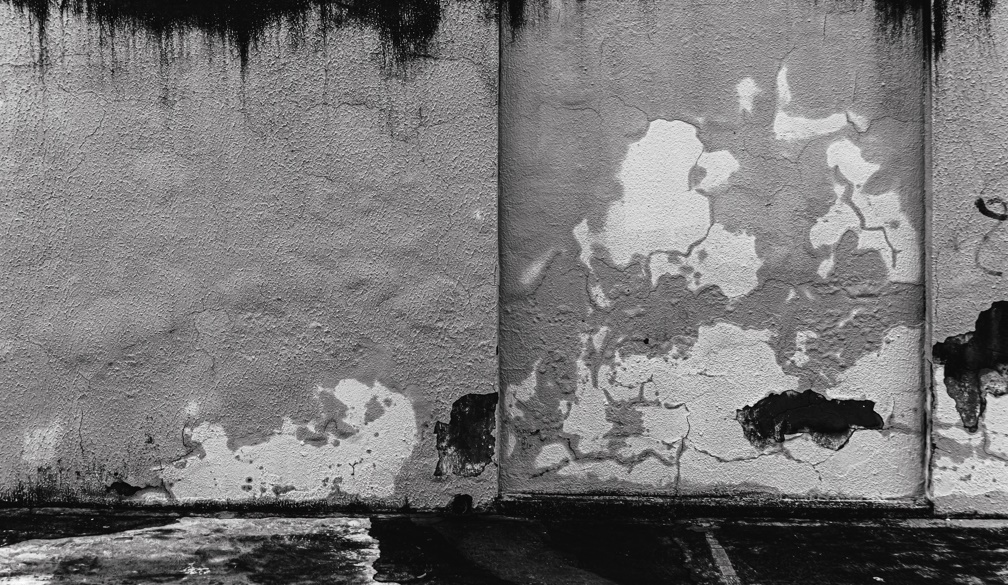Rising Damp: Comprehensive Insights into Causes, Effects, and Effective Remedies

Rising damp is a persistent and damaging problem that affects a large number of residential and commercial buildings worldwide. This phenomenon involves moisture from the ground moving upward through walls, resulting in long-term structural damage and creating unhealthy living conditions. Gaining a thorough understanding of rising damp—its causes, how to identify it, its impact, and the best ways to treat it—is essential for any property owner looking to maintain the integrity and comfort of their building.
Defining Rising Damp
At its simplest, rising damp occurs when water from the soil beneath a building is drawn up into the walls through capillary action. This happens because many building materials like bricks, stone, and mortar are porous, allowing moisture to travel through tiny channels inside them. Unlike surface damp or condensation, which originate from external weather conditions or indoor humidity, rising damp begins below ground level and climbs upwards, often unnoticed until it causes visible damage.
The characteristic signs of rising damp usually appear within the first meter of wall height from the ground. This includes damp, discoloured patches on walls, peeling paint, blistered plaster, and a distinctive musty odor. If untreated, it can cause significant deterioration to both the structure and aesthetics of the building.
Why Does Rising Damp Happen?
One of the primary reasons for rising damp is the failure or absence of a proper damp-proof course (DPC) in a building’s construction. A DPC acts as a barrier, typically made from plastic, bitumen, or metal sheets, designed to block moisture from rising. In many older buildings, the DPC may have degraded, been poorly installed, or even completely missing, which leaves the walls vulnerable to moisture penetration.
Additional factors that contribute to rising damp include poor drainage around the foundation, blocked or damaged weep holes (small openings designed to let moisture escape), and a high water table in the area. External conditions like heavy rain or flooding can exacerbate the problem by increasing the amount of water around the base of the walls.
Furthermore, garden soil levels that are too high, covering the damp-proof course, can also encourage moisture to bypass the barrier and seep into walls.
The Impact of Rising Damp on Buildings
The damage caused by rising damp is both cosmetic and structural. Moisture weakens brickwork and mortar, which can cause crumbling and erosion over time. Walls that remain damp tend to have peeling wallpaper or paint, and plasterwork can bubble and flake away. This damage not only looks unsightly but can be expensive to repair if left unchecked.
The presence of moisture within walls also encourages the growth of mould and mildew, which can affect indoor air quality. These fungi release spores that may trigger allergic reactions, asthma, and respiratory issues, making rising damp a serious concern for health as well as property maintenance.
Salt deposits, known as hygroscopic salts, are often left behind as water evaporates from the walls. These salts attract moisture from the air, making the problem worse by keeping the walls damp even after the original source of moisture is controlled.
How to Detect Rising Damp
Early detection of rising damp is key to preventing extensive damage. Visual clues such as dark, damp patches near the base of walls, peeling paint, and salt deposits provide a first indication. You might also notice a musty smell or increased condensation in affected rooms.
For an accurate diagnosis, professionals use moisture meters to measure the level of dampness inside walls. More advanced techniques involve drilling small holes to collect samples or inspecting walls internally with borescopes. Specialists may also test for salt content, since the presence of high salt levels is a hallmark of rising damp rather than other types of damp.
Because some symptoms of rising damp can resemble those of condensation or leaks, it’s important to have a qualified surveyor or damp specialist confirm the diagnosis.
Treating Rising Damp Effectively
Treating rising damp usually involves both stopping the moisture from entering and repairing the damage caused. One of the most common treatment methods is chemical damp-proofing, where water-repellent chemicals are injected into the base of the walls to form a barrier against moisture. This technique is minimally invasive and can be applied to existing buildings without major disruption.
In certain cases, physical damp-proof courses can be installed by removing a section of the wall and inserting an impermeable membrane, although this is more labor-intensive and costly.
Improving site drainage is critical to reducing the amount of water reaching the building. This may include clearing gutters and downpipes, fixing leaking drains, and ensuring soil grading slopes away from the structure to prevent water pooling.
Once moisture ingress is under control, affected walls need to be repaired. Damaged plaster should be removed and replaced with breathable, salt-resistant materials to avoid trapping moisture. Painting with specialist breathable paints allows walls to dry out properly over time.
Conclusion
Understanding rising damp is vital for anyone concerned about the health of their property. By recognizing its causes, symptoms, and consequences, and taking timely action to address it, you can protect your home or building from extensive damage and potential health risks. Prevention, regular maintenance, and professional treatment are key to controlling rising damp and preserving the comfort and safety of your living environment. If you suspect your property may be affected, consulting a damp specialist is the best way to ensure a reliable and effective solution.

